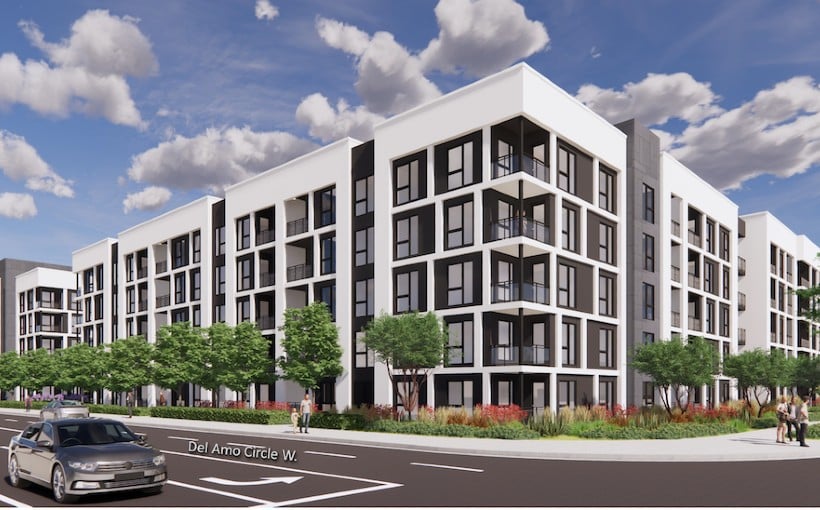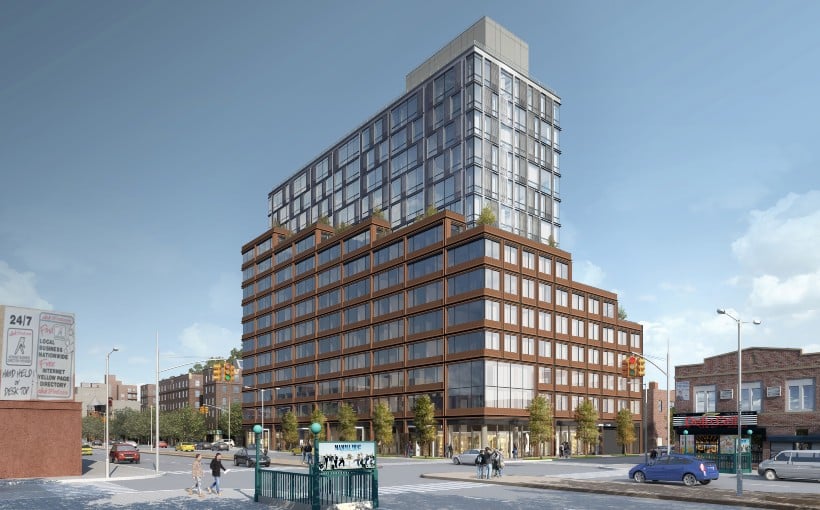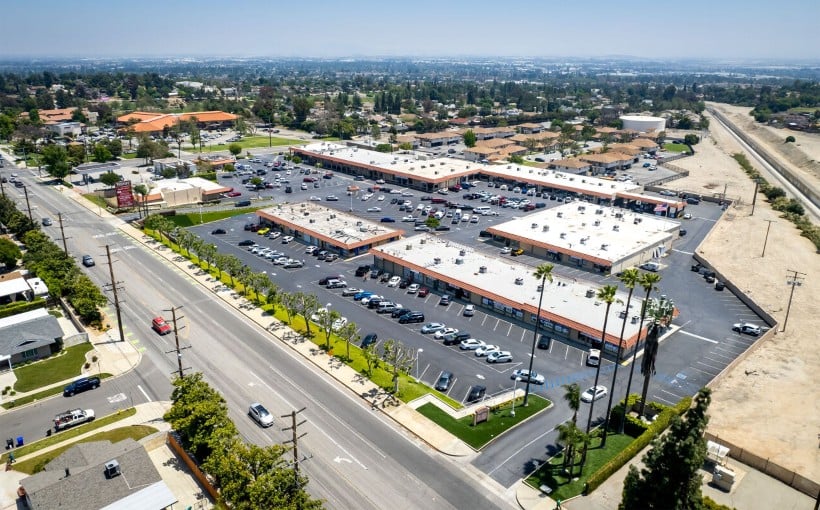The latest reports on the multifamily sector suggest that rent growth is being moderated by a steady supply of new developments. According to Yardi Matrix’s National Multifamily Report and Apartment List’s National Rent Report, there has been a slow increase in rental rates. Yardi Matrix reported a 0.7% year-over-year growth rate, while Apartment List noted that the national average remained negative at -0.8%.
The main culprit for this sluggish rent growth is the continuous influx of new inventory into the market combined with low demand. As stated by analysts at Apartment List, “despite monthly price increases in most major cities, overall rents have still decreased over the past twelve months.” This trend is expected to continue as there are plans for an unprecedented number of apartment units to be delivered by 2024.
However, despite this downward trend in rental rates nationwide (which currently sit 3.1% below their peak in August 2022), experts remain optimistic about future prospects for multifamily properties.
In contrast to Apartment List’s analysis, Yardi Matrix sees positive signs within their data indicating ongoing demand for apartments due to increased household formation rates across the country. In fact, Q1 saw absorption numbers reach over 72k units which translates into an annual rate of approximately 300k units.
While these quarterly numbers may be slightly lower than previous years’ averages during Q1 periods since before COVID-19 hit (the highest being recorded back in early-2021), they are still considered strong indicators given current circumstances according to analysts from Yardi Matrix who also note consistent levels of demand throughout various markets nationwide even though it may take longer than usual lease up newly constructed properties especially those located within highly competitive Sun Belt regions where supply remains high.
Vacancy rates have also remained stable as occupancy levels were reported at around ~94% nationally according both sources mentioned above with slight differences between them: While one source puts it at 94.5%, the other reports a slightly lower figure of 93.3% (6.7% vacancy rate). However, both agree that these numbers are highly localized and can vary significantly from one market to another which is why they have been closely monitored throughout the pandemic as an important indicator of overall market conditions.
In conclusion, although rent growth may be slow due to ongoing supply deliveries in various markets nationwide, experts remain optimistic about future prospects for multifamily properties given steady demand levels and stable occupancy rates across most regions despite some challenges posed by COVID-19’s impact on local economies during this time period according Connect CRE’s latest report on the subject matter.




